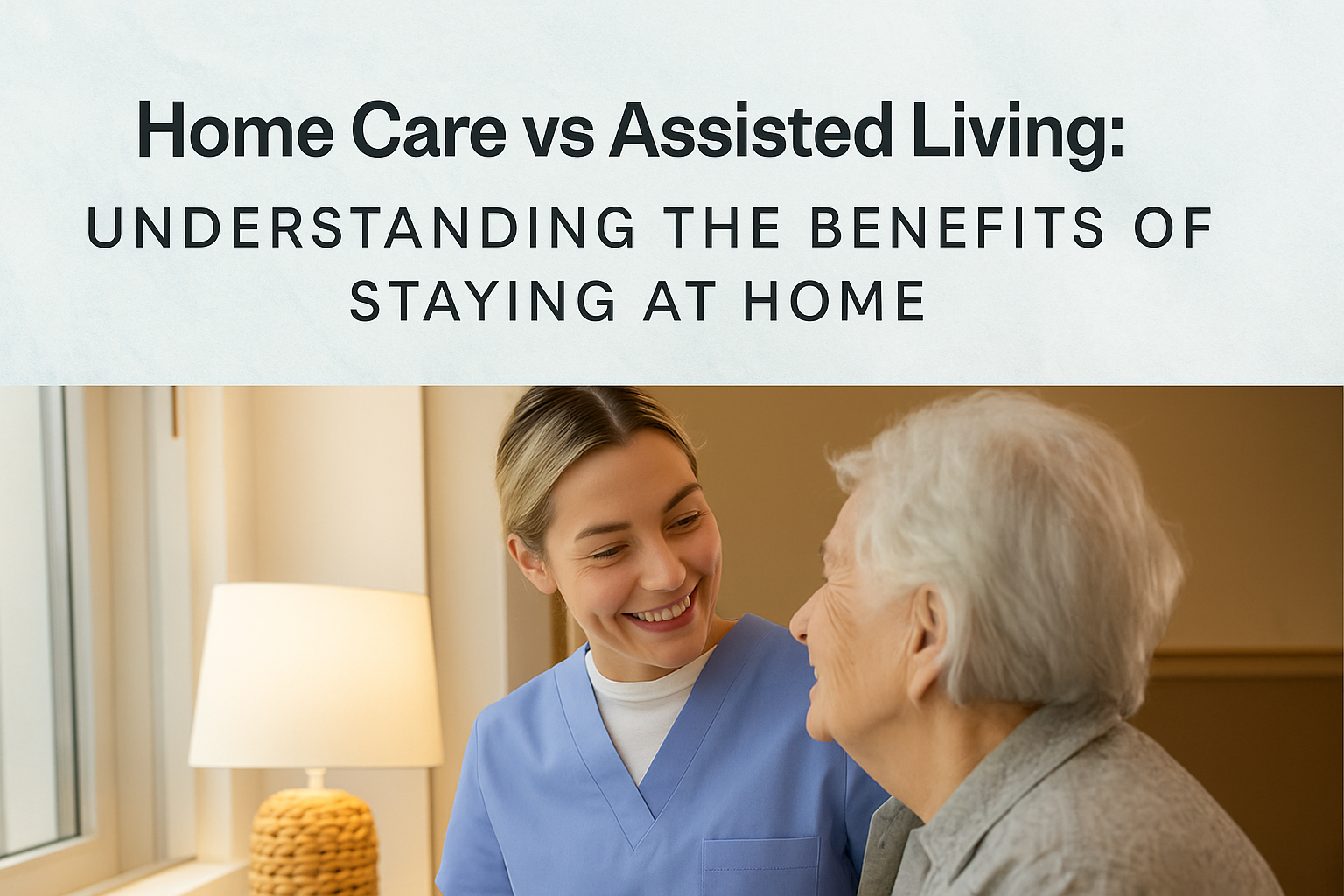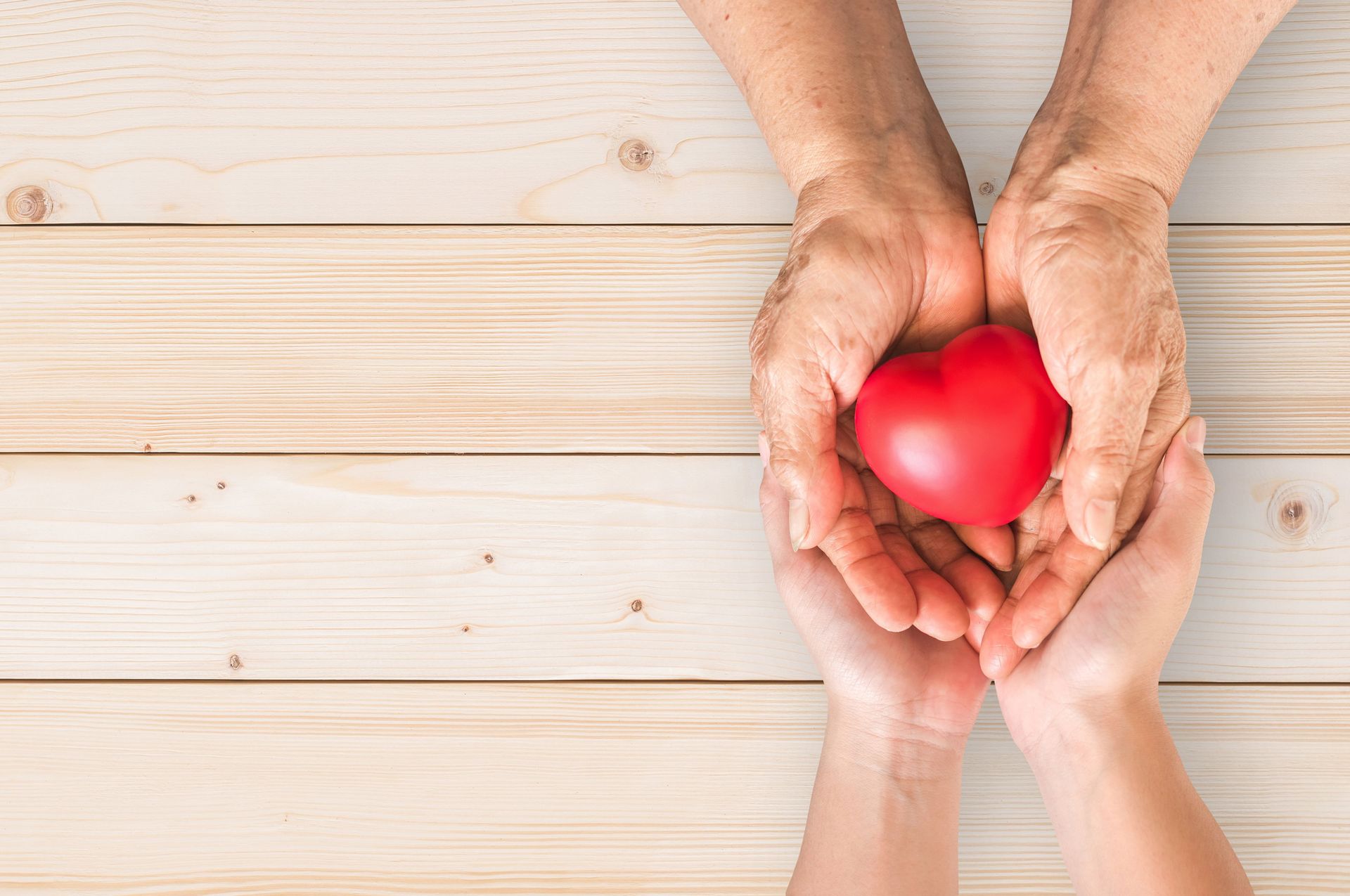Blog

As our loved ones age, it’s natural to want them to remain safe, healthy, and independent in the comfort of their own home. However, age-related challenges or health issues can slowly make daily tasks more difficult. Knowing when to seek additional support can be difficult, but home care may be the answer to preserving both quality of life and dignity.

As the flowers bloom and the days grow longer, spring brings with it a sense of renewal—and that includes our homes. Spring cleaning can be a refreshing and empowering tradition, especially for seniors. However, it's important that the process is approached with safety, support, and thoughtful planning. Here are some practical tips and gentle reminders to make spring cleaning a safe, manageable, and even enjoyable experience for older adults.

Caring for a loved one with dementia is both a profound act of love and a journey filled with emotional and practical challenges. As dementia progresses, maintaining a safe, supportive, and familiar environment becomes crucial—and for many families, this means turning to home care. In this blog, we’ll explore how home care can support dementia clients, what to consider when creating a care plan, and tips to help caregivers provide compassionate, effective support.

As our loved ones age or face health challenges, the topic of in-home care often becomes a necessary conversation. However, discussing this sensitive subject can be emotionally charged, bringing up concerns about independence, finances, and quality of life. Whether you’re approaching this discussion with an aging parent, a spouse, or another family member, it’s important to handle it with empathy, patience, and careful planning. Why In-Home Care? In-home care offers a valuable alternative to assisted living or nursing homes, allowing individuals to receive personalized support while staying in a familiar and comfortable environment. This can range from occasional help with housekeeping and meal preparation to full-time medical assistance. The benefits include: Maintaining Independence – Remaining at home helps individuals retain their daily routines and lifestyle. Personalized Care – Services are tailored to meet specific needs rather than a one-size-fits-all approach. Emotional Comfort – Being in familiar surroundings can reduce stress and anxiety. Family Involvement – Loved ones can stay actively engaged in care decisions. How to Start the Conversation Bringing up in-home care can be difficult, but with the right approach, it can lead to a positive outcome. Here are some tips to ease into the discussion: 1. Choose the Right Time and Setting Find a calm, comfortable setting where everyone can speak openly. Avoid discussing it during stressful moments or family gatherings. 2. Listen to Their Concerns Instead of making demands, ask open-ended questions like: “How are you feeling about managing things at home?” “What tasks are becoming more difficult for you?” “Would it help to have someone assist with certain chores?” Allow them to express their concerns, fears, and preferences. 3. Focus on Their Needs, Not Limitations Approach the conversation from a place of support rather than focusing on what they can’t do. Emphasize how in-home care can enhance their quality of life rather than take away their independence. 4. Provide Information and Options Research different types of in-home care services beforehand so you can present options rather than ultimatums. Be prepared to discuss: Levels of care available (companion care, personal care, skilled nursing) Costs and potential insurance coverage Reputable agencies or providers in your area 5. Involve Other Family Members or Trusted Advisors Sometimes, having another voice in the conversation—such as a sibling, doctor, or close friend—can provide reassurance and additional perspectives. 6. Be Patient and Revisit the Discussion Your loved one may need time to process the idea of in-home care. If they’re resistant at first, don’t force the decision. Revisit the conversation periodically, especially if their needs change. Making the Transition Easier Once they’re open to the idea, involve them in selecting a caregiver and setting up a trial period. Small steps can help ease the transition and make them feel more in control of their care. Final Thoughts Discussing in-home care is a deeply personal and often challenging conversation, but with understanding and open communication, you can ensure your loved one gets the support they need while maintaining their dignity and independence. By focusing on their well-being and offering choices, you can help create a care plan that brings comfort to both them and your family.

In a world that often glorifies independence and self-sufficiency, it's easy to overlook the profound impact companionship has on our well-being. Human beings are social creatures by nature, and the presence of a trusted companion—whether a friend, family member, partner, or even a pet—can greatly enrich our lives. Here, we explore the key benefits of companionship and why cultivating meaningful relationships is essential for a fulfilling life.








